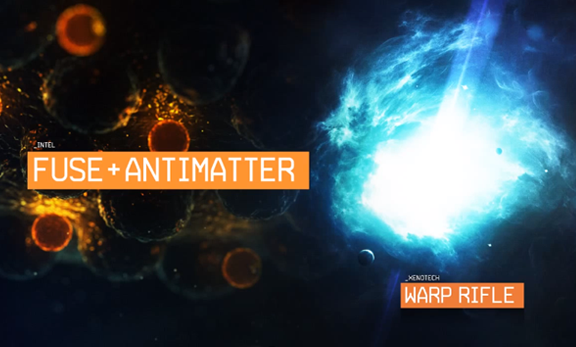
Protons are composed of quarks (and antiprotons of antiquarks), so these collisions involve more-complicated particle interactions. When electrons and positrons annihilate each other, they make gamma rays. Matter-antimatter collisions create different products depending on the starting particles. But who knows what secrets a hypothetical antiuniverse might hold and what a collision between an elephant and an antielephant would produce! We live in a predominantly matter universe.

In principle it is possible to have anti-anything - antihelium, antioxygen, anticarbon, antielephant, antiearth. In the same way particles make up matter such as chemical elements – for example, hydrogen is composed of a proton and an electron – antiparticles make up antimatter – so a positron and antiproton make antihydrogen. Particle accelerators, like the Large Hadron Collider at CERN in Geneva, smash particles together in order to create antimatter – but it costs billions of pounds to make tiny amounts which are very difficult to keep for any length of time because they are quickly destroyed in a collision with their matter counterpart. antimatter- Meanings, synonyms translation & types from Arabic Ontology, a search engine for the Arabic Ontology and 100s of Arabic dictionaries for. In fact, trying to artificially make and keep antimatter is a difficult and expensive business. But this positron is very quickly annihilated by a passing electron. This is because they contain a particular type of potassium (called potassium-40) which undergoes radioactive decay releasing a positron every 75 minutes. These new particles will have a lower mass than those in the original collision, due to the law of conservation of energy and Einstein’s very famous equation E=mc2 – some of the energy goes into heat and light, some into forming the new particles.Īntimatter is all around us – for example bananas emit antimatter.

Depending on the colliding particles, not only is there a great energy release, but new, different particles may also be produced (such as neutrinos and various flavours of quark – see figure below). When matter and antimatter collide, the particles destroy each other, with a huge energy release.

For example, an electron (negative charge) and a positron (positive charge), or a proton (positive) and an antiproton (negative). Matter and antimatter are collections of particles which form particle pairs with the same mass but opposite electric charge. CERN – Universe of Particles (Photo by Michal Matlon on Unsplash)


 0 kommentar(er)
0 kommentar(er)
